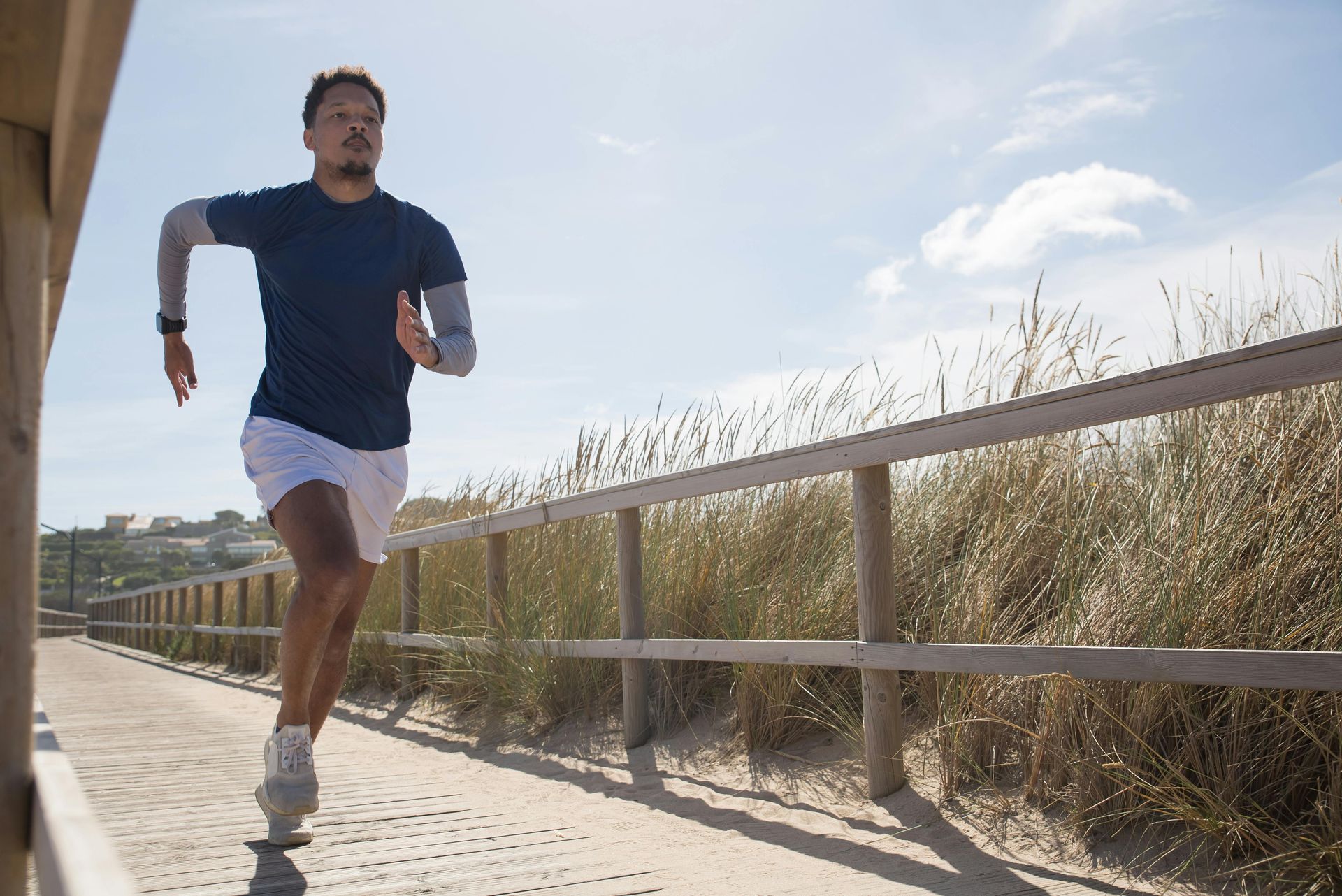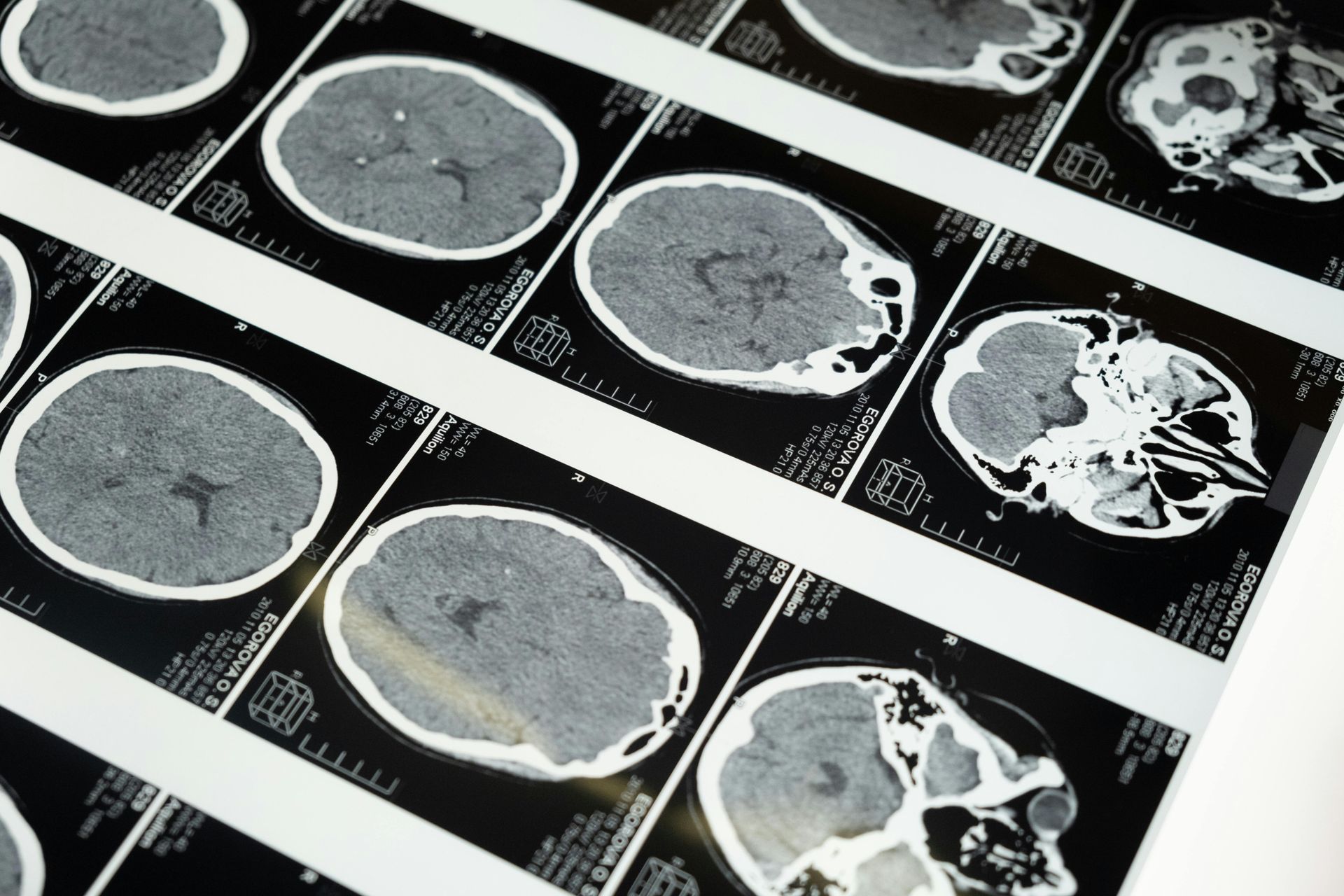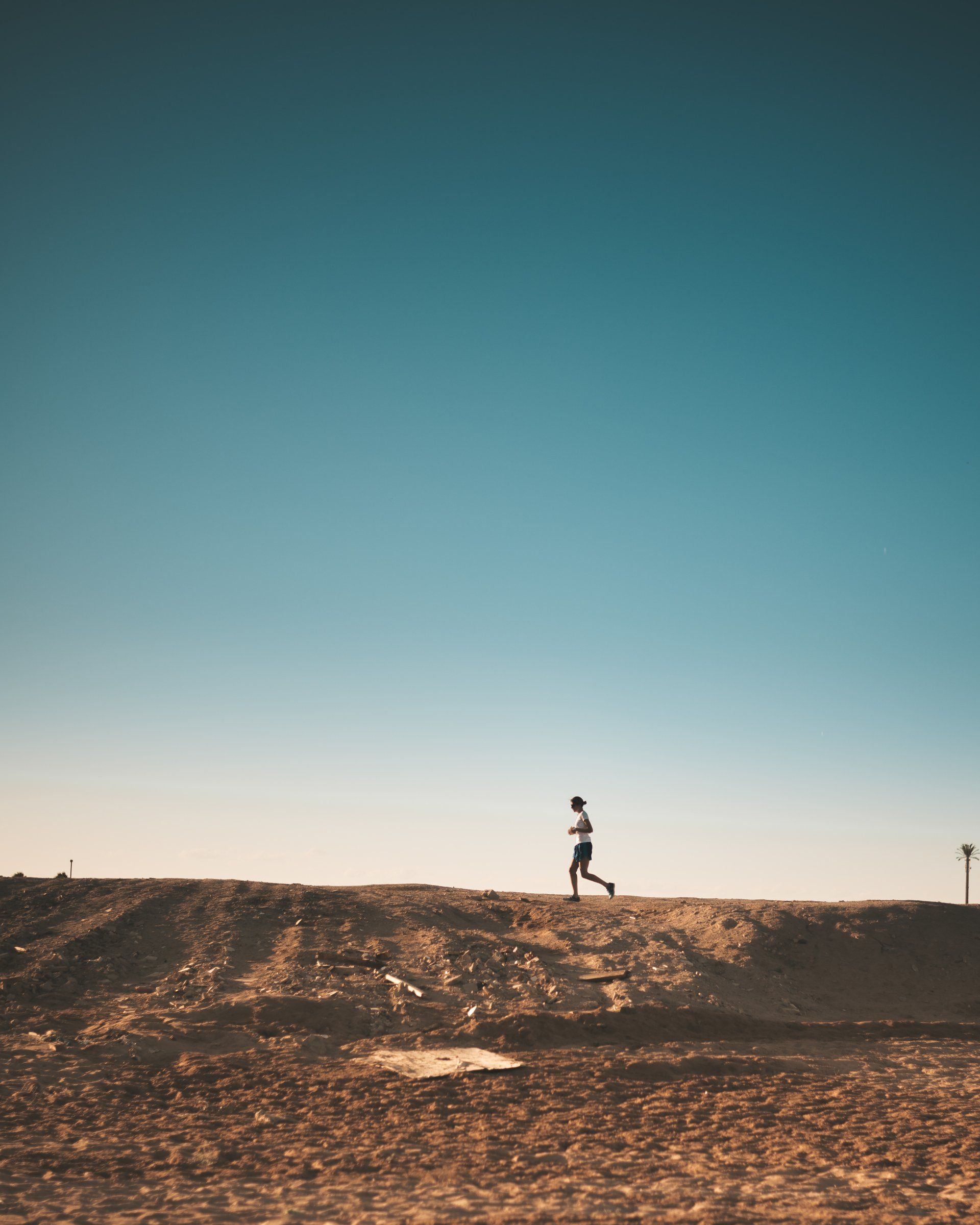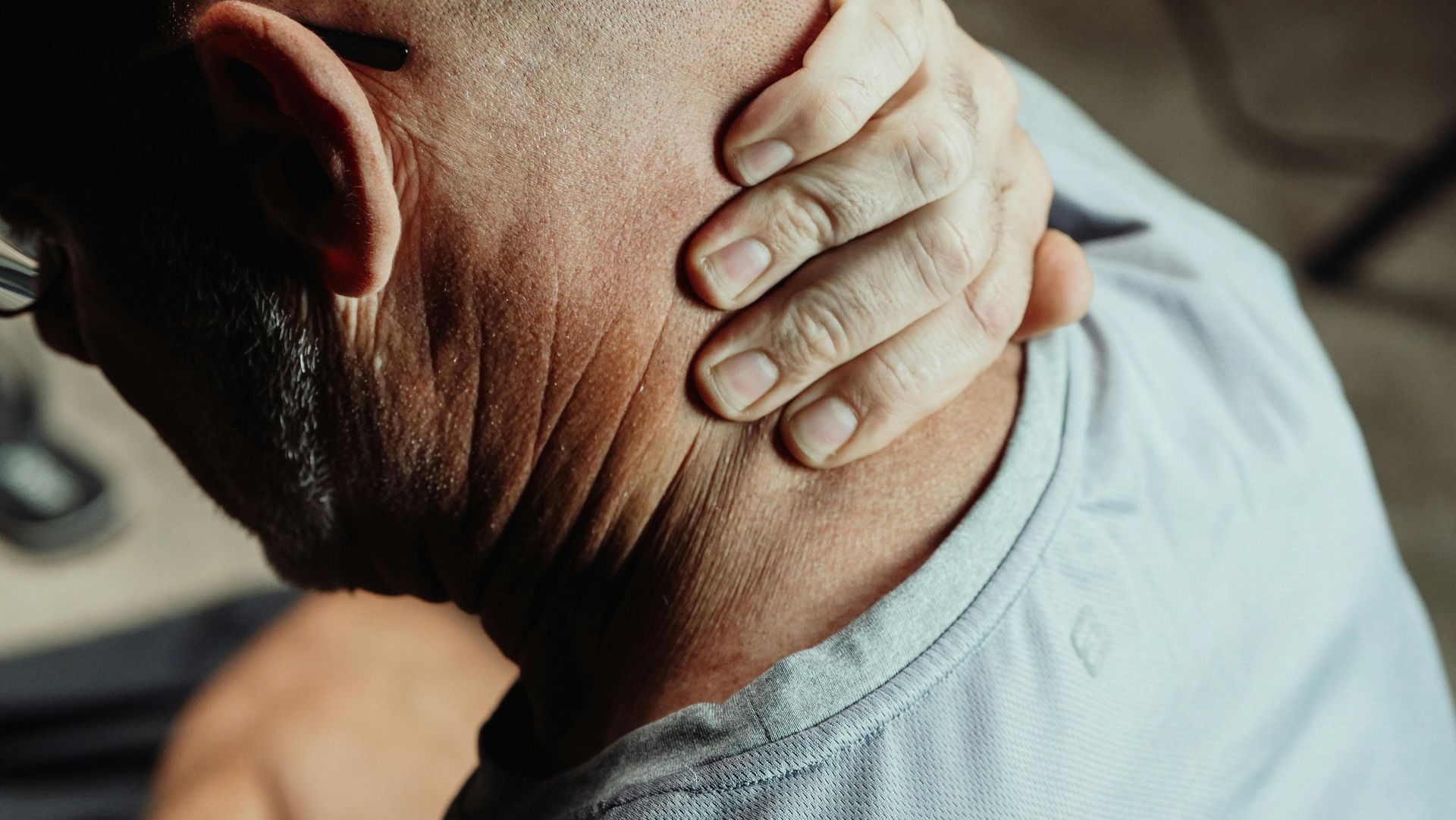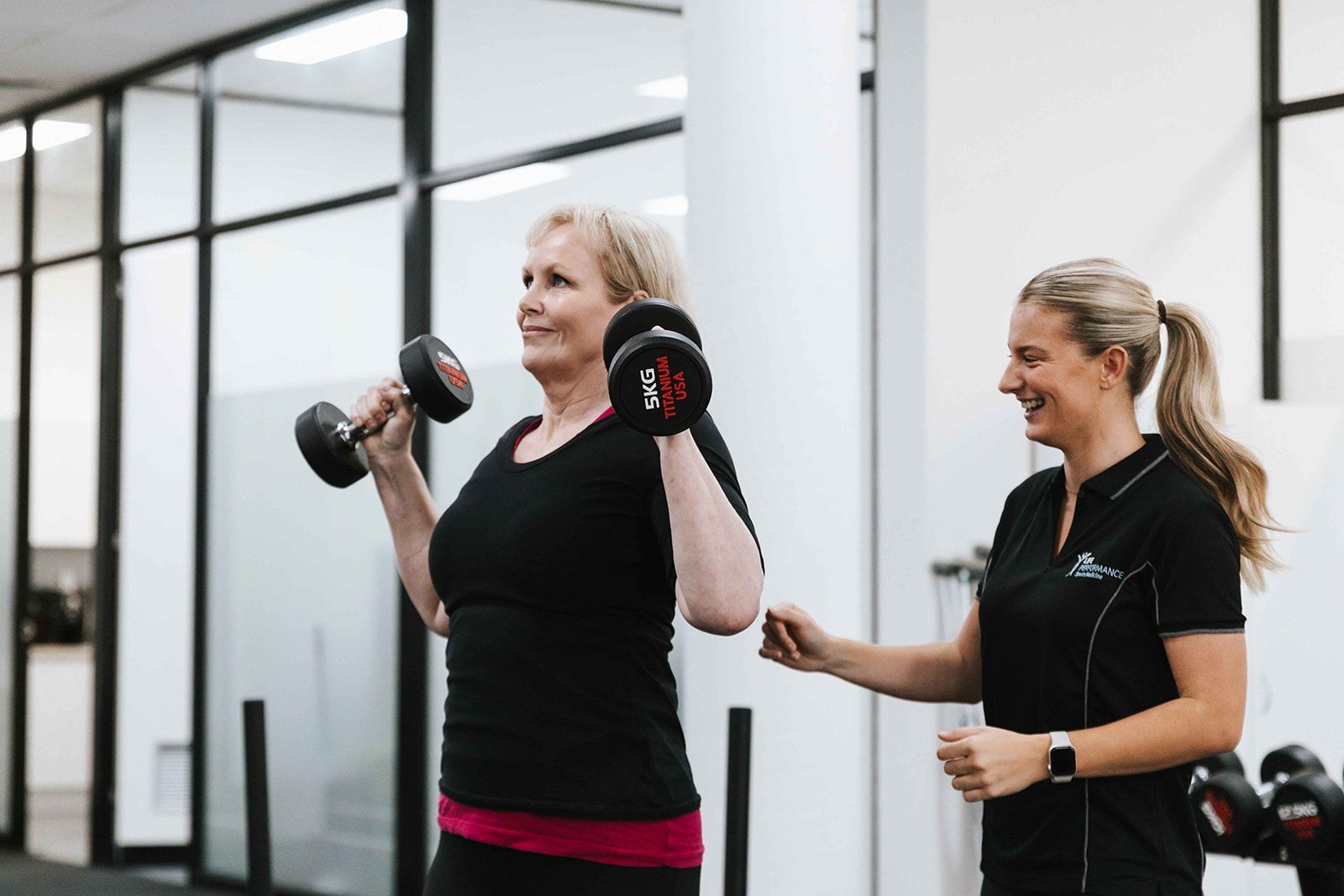ACL Injury - Do I need surgery?
So, you have done your ACL.
You felt the pop, your knee collapsed and the pain was excruciating for the first 30 seconds.
You hobble off the field, and thoughts start rushing through your mind…
Oh no I'm going to need surgery!
How much will it cost me?
How long will I be out for?
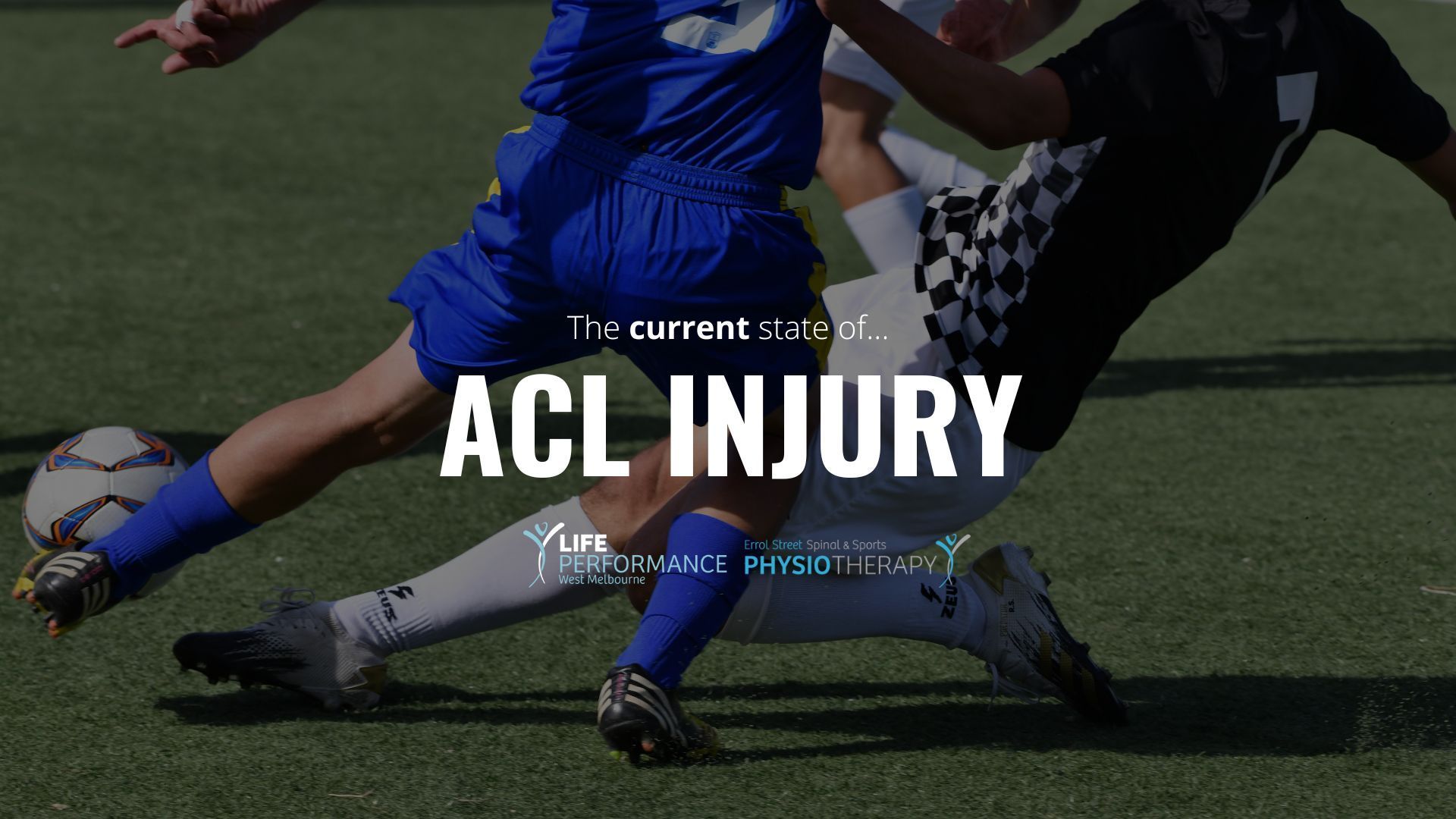
Thankfully, we now have other options available that heal and rehabilitate an ACL injury without the need for surgery.
One promising approach gaining recognition is the ACL cross bracing protocol, a methodology rooted in the philosophy of facilitating the body's natural healing processes.
Let us delve into the key principles that guide this protocol and explore its significance in aiding the recovery of this crucial
ligament.
Reduce the Ligament: At the core of the ACL cross bracing protocol is the concept of reducing stress on the ligament. By providing external support in the form of a brace, the protocol aims to minimise the strain on the ACL during the healing process. This reduction in stress is crucial for allowing the ligament to recover without unnecessary interference, fostering an environment conducive to healing.
Brace Knee at 90 Degrees: One of the fundamental aspects of the protocol involves bracing the knee at a 90-degree angle. This positioning not only ensures optimal support but also promotes stability during movement. The brace acts as a protective shield, limiting excessive movement that could potentially hinder the healing process of the ACL.
Brings Ends Closer Together: Another crucial principle is the idea of bringing the ends of the ligament closer together. The brace serves as a bridge, supporting the ligament and facilitating the natural process of reconnecting the torn ends. This proximity aids in the restoration of the ligament's structural integrity, a key component of successful ACL recovery.
Allow the Body to Do What It Wants to Do:
The ACL cross bracing protocol emphasises working with the body's innate healing mechanisms. Instead of imposing rigid restrictions, the philosophy encourages allowing the body to
move naturally within the parameters set by the brace. This approach
respects the body's healing instincts while providing the necessary support for an optimal recovery.
Bracing Protocol: Now, let's take a closer look at the specific bracing protocol that accompanies the ACL cross bracing philosophy:
Weeks 1-4 - Locked at 90 degrees, Non-Weight Bearing:
In the initial stages, the knee is secured in a brace, maintaining a fixed angle of 90 degrees. During this time, weight-bearing is strictly prohibited, allowing the ligament to rest and minimising stress on the healing tissue.
Patients are provided a knee scooter to get around.
Weeks 5-6
–
Week 5: 60-90 degrees, Week 6: 45 -90,
Non Weight Bearing:
As the healing progresses, the brace is adjusted to allow controlled movement within a reduced range. Weight-bearing is still restricted to promote a gradual reintroduction of stress on the ligament.
Weeks 7-8 – Week 7: 30-full flexion, Week 8: 20-full flexion, Partial Weight Bearing:
Further modifications to the brace accommodate increased flexion of the knee. Weight-bearing is introduced in a partial manner, allowing the ligament to adapt to increased stress gradually.
Weeks 9-10 – Week 9: 10-full flexion, Week 10: full range, Wean crutches:
Continued adjustments to the brace support the progression towards a fuller range of motion. Crutches are gradually phased out as weight-bearing becomes more tolerable.
Weeks 11-12 – Full range, Full weight bearing:
By weeks 11-12, the brace supports the knee through a complete range of motion, and weight-bearing is fully restored. This phase marks the final stages of rehabilitation, as the ligament strengthens and adapts to normal activities.
Week 12 – Remove brace and re MRI:
At the culmination of the protocol, the brace is removed, and you will undergo a follow-up MRI to assess the ligament's integrity. This step ensures that the healing process has been successful, and the ligament was healed strong enough to restore normal activities. In combination, with the MRI, a barrage of other physical tests will be implemented to gauge whether you have the strength, capacity and power to resume higher level athletic activities.
A preliminary study in nearly 400 subjects, showed a healing rate of 90%. (Filbay et al, 2023).
During the 12 weeks of ligament healing, you will partake in a graduated rehab strength and power program.
At the end of the 12 weeks, the brace is removed and high end jumping, landing & sport specific drills will be undertaken.
Pending progress, competitive sport may resume at 9 months, similar to the low end of return to sport for ACL reconstruction. However, there is a leaning toward potentially getting back quicker than 9 months!
Some really exciting developments in the realm of ACL injury management!
Filbay SR, Dowsett M, Chaker Jomaa M, et alHealing of acute anterior cruciate ligament rupture on
MRI and outcomes following non-surgical management with the Cross Bracing ProtocolBritish Journal
of Sports Medicine 2023;57:1490-1497.
